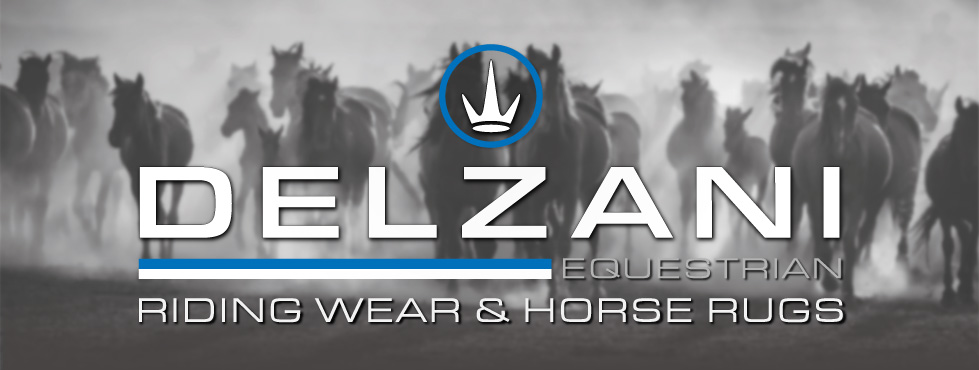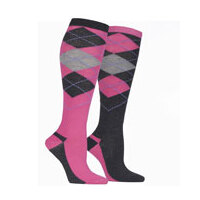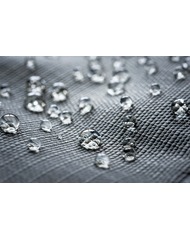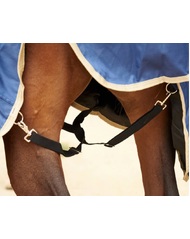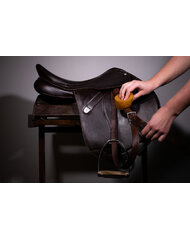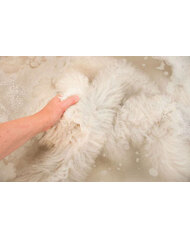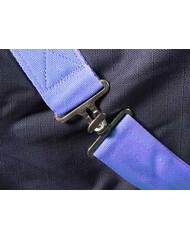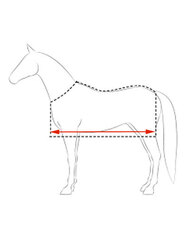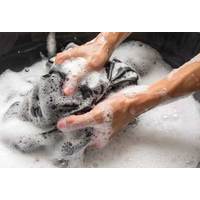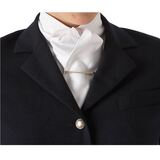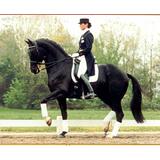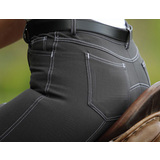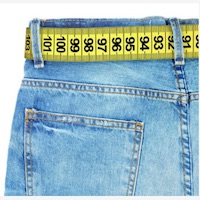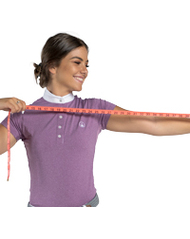Dress for Success - Showjumping Dress Code
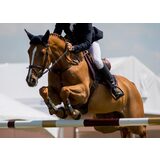
While not as tightly regulated as Dressage events, Showjumpers do have dress regulations applying to dress standards at Equestrian competitions.
Showjumpers have a wide scope of dress options under the regulations, allowing you to let your personality shine via a range of stylish colours and dress.
Below we cover some of the most common dress standards that apply for Showjumpers, taken from Section (1) of the Australian National Jumping Rules policy (we have only pulled out the sections that apply to clothing). For the latest and most in-depth explanation, visit the Equestrian Australia website and search for their “National Jumping Rules” PDF document.
1. Dress
Athletes are required to wear the correct dress when appearing before spectators. In any case, the dress should be appropriate to the time, the importance of the competition, the presence of sponsors and requests of the OC.
1.3 In bad weather, the Ground Jury may allow the wearing of a waterproof jacket. In very warm weather the Ground Jury may allow Athletes to ride without a jacket.
1.5. Athletes are required to wear the uniform or dress approved by their NF. The Formal dress requires a hunting or riding jacket, white or light fawn breeches, and black or brown boots. Other dark coloured boots may be approved at the discretion of the EA. Boots must have a heel.
A white tie, ratcatcher, or a hunting stock and a white or light coloured riding shirt must be worn. Shirts may have long or short sleeves and must have a white collar; long-sleeved shirts must have Equestrian Australia National Jumping Rules 47 white cuffs.
If a jacket is not worn shirts must have sleeves, either short or long sleeves are permitted.
1.5.1 Summer Dress Athletes are encouraged to wear their riding jackets during their Competition round, regardless of the prevailing temperature. When the air temperature reaches 28 degrees Celsius (measured in the shade), however, Athletes are not required to wear a jacket.
1.5.1.2 When competing without a jacket, Athletes must wear a shirt with a collar to support a tie. Shirts must not be sleeveless. Shirts with contrasting panels and sleeves are permitted.
1.5.2 Alternative Dress may be approved for specific occasions – eg. Teams Events, Sponsor Requirements and Club Activities. By agreement of the Ground Jury and the OC, Athletes may wear coloured polo shirts or windcheaters.
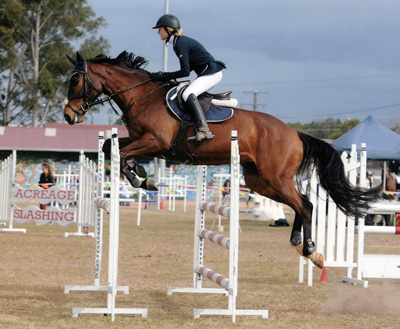
Leave a comment
Related Equestrian Guides
Choosing the perfect horse riding sock
Learn what makes the best horse riding socks for Australian riders. From fabrics to fit, cushioning and durability, this guide explains how Delzani riding socks outperform everyday socks in comfort and performance.
Understanding Denier: The Key Differences Between 600D and 1200D Turnout Rugs
Confused about 600D vs 1200D horse rugs? Learn what denier really means, how it affects toughness (not warmth or waterproofing), and when to choose Delzani’s Waratah 600D rainsheets for lighter use or Wyndham 1200D rainsheets for maximum durability.
Understanding your horse rugs waterproofing
Learn how horse rug waterproofing and breathability really work, why membranes matter more than fabric, and how to test, care for, and choose rainsheets. Explore Delzani’s 600D Waratah and 1200D Wyndham rugs, built for tough Australian conditions.
How to maintain your saddlery leather
Cleaning tack is admittedly not something we like to spend our spare time engaged in, but it is necessary nonetheless and a little knowledge can go along way to get the best life from your leather.
Wash Guide - Sheepskin
Follow our care guide to get the the best advice on washing your sheepskin numnahs and saddle pads.
Wash Guide - Horse Rugs
To get the best life from your Delzani horse rug, taking a few simple washing precautions will go along way.
How to fit & adjust horse rug belly surcingles
Belly surcingles keep horse rugs secure, but only if fitted correctly. We answer common questions on what surcingles do, why they matter, and how proper adjustment ensures comfort, safety, and longer rug life for horses in Australian conditions.
Delzani Horse Rug Sizing Guide
We have put together this comprehensive guide to help you purchase the ideal size Delzani horse rug.
Equestrian Breeches & Tights - Washing Guide
Care for your breeches the way you care for your horse — with precision, patience, and pride. The right wash routine keeps your Delzani riding tights and breeches performing beautifully, ride after ride.
How to tie a Dressage Stock tie
Need help with your Dressage Stock Tie? Try our easy 6 steps to have you knotting a perfect Dressage Stock in no time!
Dress for Success - Dressage Dress Code
Want to look your best at your next Dressage Event but not sure what the rules are? Understanding exactly what is and isn’t permitted in regard to dress standards for dressage riders can be very helpful when putting your competition wardrobe together.
The Ultimate Guide to Equestrian Breeches & Jodhpurs: Classic Fit vs Stretch Fit Explained
At Delzani - we pride ourselves on the careful in house selection and development of our premium breech and tights fabric blends. Each fabric has been researched and custom made to meet our requirements and the needs of Australian equestrian riders.
Riding Shirts - Washing & Care Guide
Delzani equestrian shirts are made to be worn, not worshiped. Throw horses into the mix and this means they get dirty. However, with proper care, your new equestrian show shirt can last for several years and continue to look great.
A guide to seat grips on our Breeches & Tights
It is interesting to learn how silicone is applied to breeches. Silicone is applied much like screen printing and there can be anywhere from 3 to 10 layers - building up the silicone. The number of layers affects the long-term quality.

